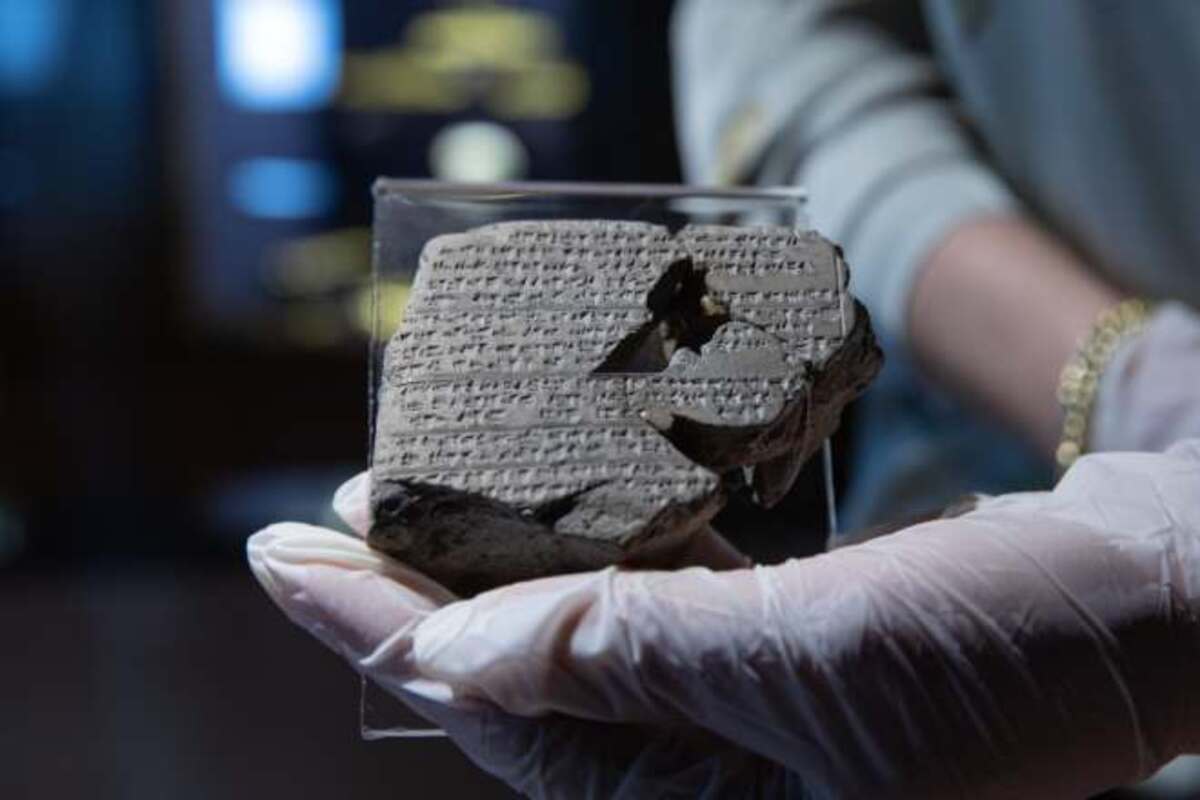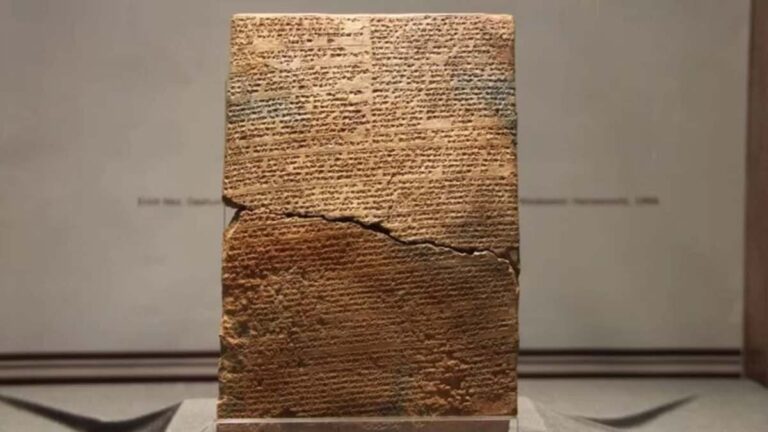In the heart of Turkey’s central north, the ancient Hittite capital has been a hotbed of archaeological intrigue for over a century. Recently, a remarkable discovery emerged from the dust and data of approximately 30,000 clay tablets uncovered in this historic locale. These artifacts, inscribed with cuneiform script, have once again altered our understanding of ancient languages and cultures.
A Century of Excavation Yields Unprecedented Find
The region of Boğazkale-Hattuša has seen continuous archaeological activity for more than a hundred years, but the work is far from mundane. The recent analysis of these clay tablets, many written in the Hittite-Nesite language—the oldest known Indo-European tongue—has unearthed something extraordinary. Amid the routine deciphering of ritual texts, researchers stumbled upon a passage written in a previously unknown Indo-European language.
An Unexpected Language Emerges

The surprise find occurred when specialists deciphered a ritual text that included segments in an unrecognized language. This discovery was made public in a recent statement by a German university, which highlighted the significance of the find. Although the specific words of this new language remain indecipherable, the surrounding Hittite text, long since decoded, provided a contextual backdrop that enhanced understanding.
An expert in cuneiform script posited that this mysterious language might originate from the region historically known as Kalašma, an area now encompassing the modern Turkish cities of Bolu and Gerede. Another scholar supported this theory, suggesting similarities between the newly discovered language and Luwian, a language once spoken in historic Troy—not the Greek city, but a Bronze Age palace city.
What This Discovery Means for the Future
This isn’t just about uncovering a new language; it’s about deepening our understanding of the Hittites’ cultural and linguistic landscape. The Hittites were known for their interest in foreign languages and the preservation of rituals from different cultures. The clay tablets often include citations in several Indo-European languages, indicating a rich tapestry of cultural exchange and preservation.
As these findings suggest, there may be more languages waiting to be discovered among the Hittites’ records. This potential makes the ongoing excavations in Turkey not just a matter of uncovering the past, but of mapping the complex linguistic and cultural networks that shaped ancient civilizations.
With each tablet and each line of cuneiform decoded, archaeologists don’t just learn something new—they are reminded of the vast, interconnected world of the ancient Near East. The discovery of a 3,500-year-old Indo-European language has only intensified the excitement and commitment to these archaeological pursuits. As research continues, the ancient soil of Turkey is sure to reveal even more secrets, proving that every fragment of clay holds a story waiting to be told.






